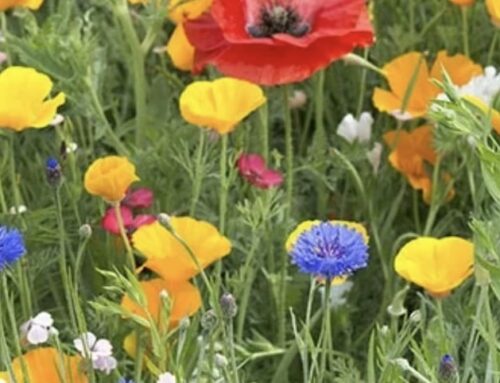Awareness
T’ai Chi Chih is a mindfulness moving meditation practice that’s easy to learn. The series of 19 movements and one pose helps circulate the Vital Energy, the Chi. Practitioners experience peace, improved health, and many more benefits. Our free monthly e-newsletter offers inspiration between issues of the TCC quarterly journal, The Vital Force, in which teachers and students tell stories about ways they’ve benefited from the practice.
Existence appears in innumerable ways to us, depending on where each of us stands. – Justin F. Stone, TCC Originator
From a recent issue of The Vital Force:
Experiencing passion: “It’s normal to have a mad mix of emotions leading up to and moving through TCC teacher accreditation. Be where you are! I rode the storm of passion versus nerves by checking inward. How does it feel to be here? How does it feel to let that go? Let the passion for TCC move you beyond fears, to make the impact you were born to make. As you journey through life, choose your destination well but do not hurry there. You will arrive soon enough.” – CP, during Teacher Accreditation, Santa Barbara, CA
~ ~ ~ ~ ~ ~ ~ ~
Embodying Liveliness: “New eyes, new words, new relationships with breath and the soles of my feet, plus new friends with expansive perspectives. A tweak here and another there, all contributing to the new liveliness and enriched experiences in my TCC practice. Puffy hands, sinking deeper into the feet, heightened awareness of foot alignment…. Oh the differences these greatly appreciated adjustments made!” – JC, during Intensive, Albuquerque, NM
~ ~ ~ ~ ~ ~ ~ ~
Moving mindfully: “The fact that TCC is a moving mindfulness is just one distinction that sets TCC apart from other mindfulness practices. (It’s also one of the reasons why most people experience it as fun.) TCC is user-friendly because it has no age, physical fitness, or coordination requirements. With just a few modifications, all 19 movements and one pose can also be done seated. And, in case you’re wondering, yes it can be done in wheelchairs. Folks who are partially paralyzed also find benefits from these movements. There are no limits to who can learn and practice TCC.” – JJ, Herefordshire, UK
~ ~ ~ ~ ~ ~ ~ ~
Becoming aware: “One who notices his interior landscape as well as the attitudes of others is rare. This is different from being introspective, where we probe our thoughts and emotions, possibly with the aim of finding out why we are not liked or why we are not successful, whatever that word may mean. The aim is to become aware, not to stick pins in ourselves.” – Justin F. Stone
~ ~ ~ ~ ~ ~ ~ ~
Where in the World have you been doing T’ai Chi Chih? Share your images for our gallery.
Want more inspiration? Want a connection with the global TCC community? Want tips for better practice? Join us:
Subscribe to The Vital Force. Our quarterly journal offers engaging stories, hints, and insights from TCC teachers and students. We also highlight wisdom by, and photos rarely seen of, originator Justin Stone.






